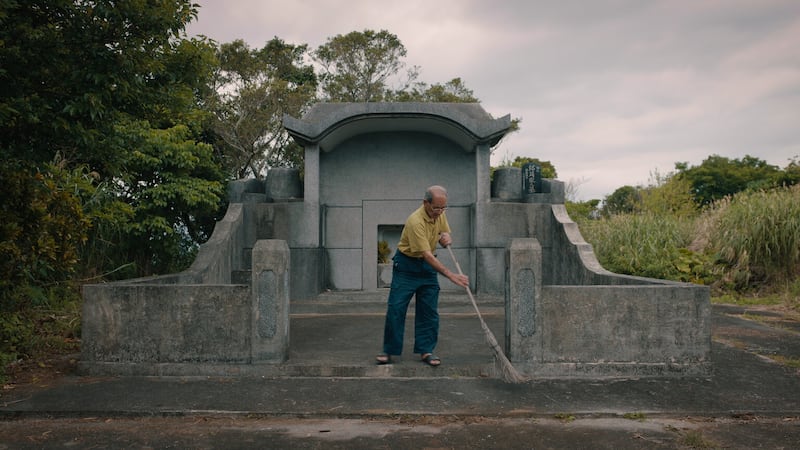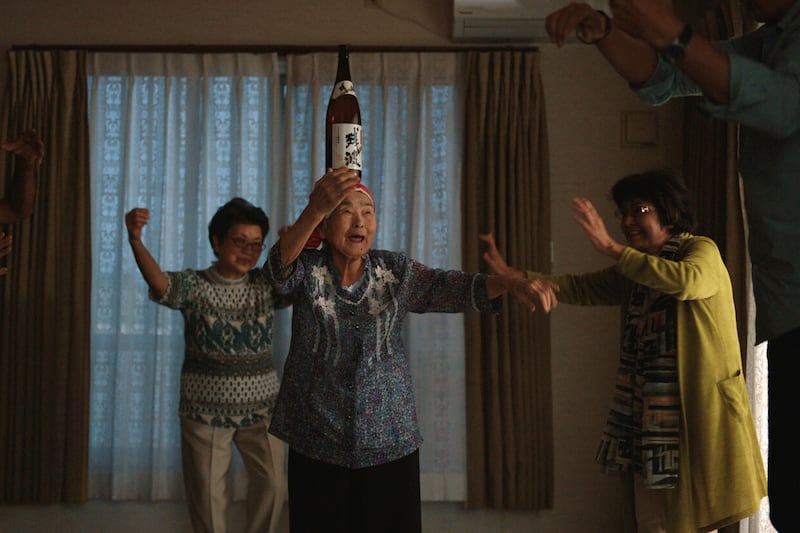Live to 100: Secrets of the Blue Zones, Netflix
Everybody wants to live to 100, but the key is getting there while maintaining a decent quality of life.
This new Netflix series doesn’t have the magic formula, but has some sensible pointers presented in an entertaining way.
Longevity expert Dan Buettner has scoured the globe for the secret ingredients of a long and happy life and, along with an academic community, discovered a number of ‘blue zones’ where the proportion of centenarians is many multiples of the rest of the world.
You’ll not be surprised that the coal mining valleys of Wales in the mid-20th century did not make the list.
Indeed, there’s a massive gender divergence in extreme old age in many of the world’s leading economies.
In the US there are five female centenarians for every one male. In Sardinia it’s one to one.
For the most part, the blue zones are warm, attractive places, although not necessarily tranquil.
Read More: TV Review: Netflix's Mark Cavendish documentary is an inspiration
The island of Okinawa in Japan is on the blue zone list but was the scene of one of the most intense battles of human existence.
More than 200,000 people were killed on the tiny island in a two-month campaign by the Americans in 1945.
The Japanese resistance was so fierce and the cost to the Americans so high that a plan to use Okinawa as a base to invade the rest of the country was abandoned and nuclear bombs were thought a better way to force a Japanese surrender.
The other blue zones are on the Italian island of Sardinia; Ikaria, Greece; Nicoya, Costa Rica; and the community of Loma Linda in California.
In these areas, the extremely elderly are fit and active. There is little diabetes, mobility is high, diseases of dementia are very low and nursing home care is unheard of.
So, what do they all have in common?
It seems fairly obvious. Eat fresh, simple food in small portions, avoid processed foods, get daily exercise, be lean, be connected in your community, have lots of friends, volunteer, religious belief helps and stay close to your family. Finally, and this is a tricky one, avoid extended levels of stress.
Having good genes that avoid ill health doesn’t get a mention, but that seems an obvious one for me, albeit something that you can't choose.
A primary lesson seems to be that the answer is not pharmaceuticals. It’s not statins or any other wonder medicines.
Neither is it gym membership. While exercise is important, it should be gained in small increments in everyday, through almost unnoticed activities.
Hills are a feature of many of the blue zones. Thus, walking to the shop, your friend’s house and church involves a bit of effort.
“How steep your village is, is a predictor of longevity,” says Buettner.
Okinawan residents, for example, live in traditional Japanese houses with little furniture, no couches and low tables. Even the elderly sit on the floor and, without thinking anything about it, they essentially perform a squat every time they get up to do something.
If you’re lucky enough to have a bit of space, gentle tending of the garden for a couple of hours a day appears to be common among the very old.
Put simply, don’t EVER stop moving.

Buettner cites some striking figures for the rest of the world which doesn’t follow the ways of the blue zones.
Almost three-quarters of Americans (73 per cent) are overweight or obese and two-thirds of the world’s population of eight billion die prematurely, or, in his phrase, “leave good years on the table".






